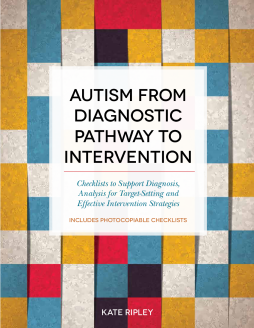
Additional Information
Book Details
Abstract
Complete with four handy checklists, this practical book has been written to help professionals across a range of disciplines assess and diagnose children and young people with an Autism Spectrum Disorder (ASD), and plan appropriate interventions.
The checklists have been designed to cover four key skills: learning style, working and learning as a member of a group, social communication, and social understanding. Along with theoretical background, there are detailed guidelines for completing the checklists and analysing the results. The book contains case studies, in-depth descriptions of interventions, a comprehensive set of evidence-based, photocopiable worksheets and visual aids to accompany the interventions. The author also introduces the concept of the 'Landscape of Fear', providing a powerful insight into the experiences of many children with ASD within a school setting, and possible strategies for reducing levels of anxiety that may lead to school refusal.
Already successfully trialled within multi-disciplinary teams, the checklists and guidelines in this book will be an essential resource for a wide range of professionals including teachers, SENCOs, educational and clinical psychologists and occupational therapists.
Kate Ripley is County Senior Specialist Educational Psychologist for Autistic Spectrum Disorders for the Children's Services Department of Hampshire County Council. She is the author of Exploring Friendships, Puberty and Relationships: A Programme to Help Children and Young People on the Autism Spectrum to Cope with the Challenges of Adolescence, also published by JKP. She lives in Hampshire, UK.
Schools will welcome Kate Ripley's latest book as it provides a practical and comprehensive approach for supporting the learning of children with autism. Using checklists as the tool to correctly identify the area(s) of difficulty, she skilfully identifies the real challenges faced by education staff when delivering the curriculum to these children. This, coupled with a plethora of case studies, grounds the book in practicality. I anticipate this becoming the handbook of choice for all professionals working with AS children.
Anna Rhodes, LCST Med, Head of Therapy, St Dominic’s School, Hambledon, Experienced Speech and Language Therapist, Committee Member and Newsletter Editor for NAPLIC
